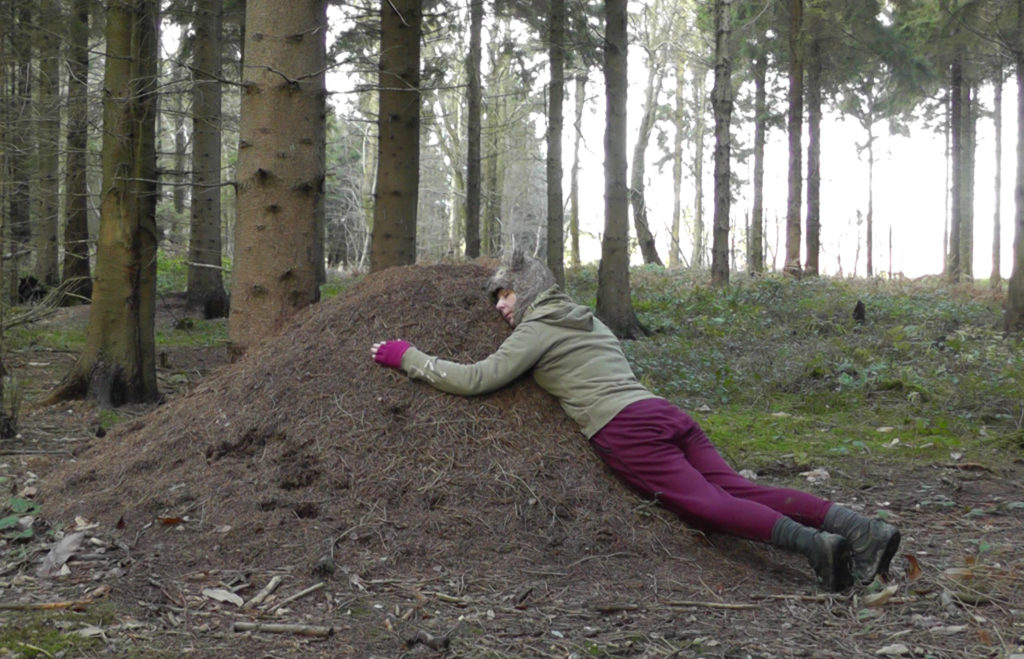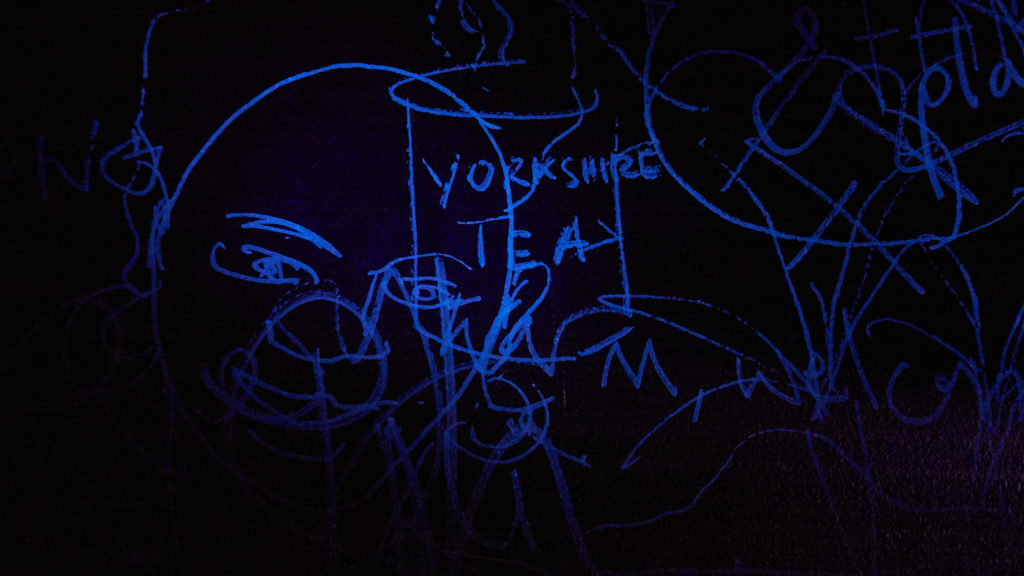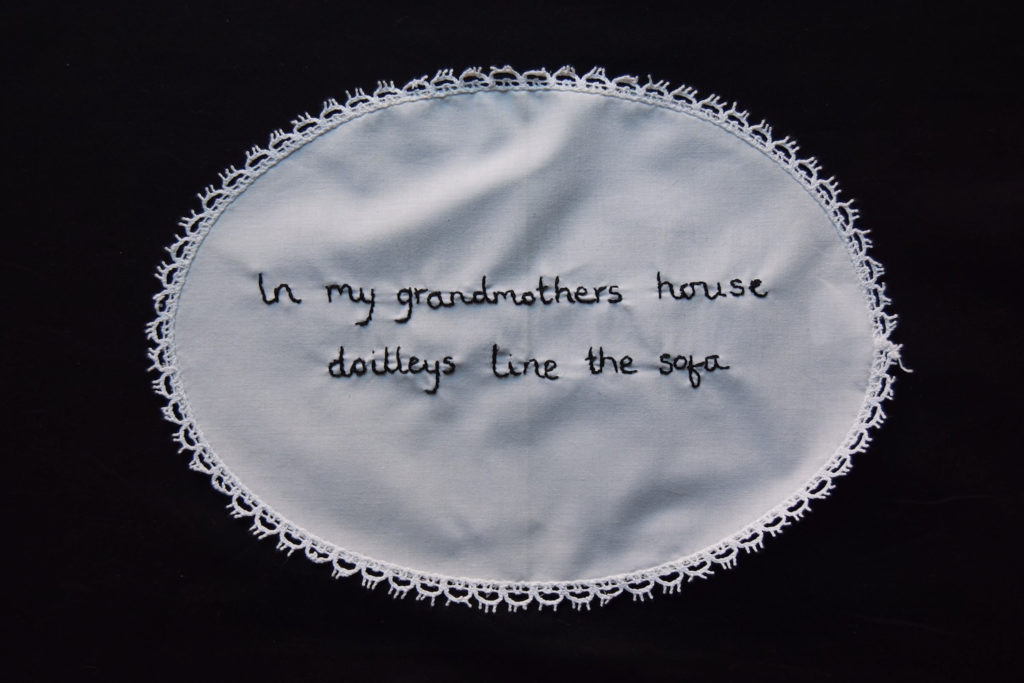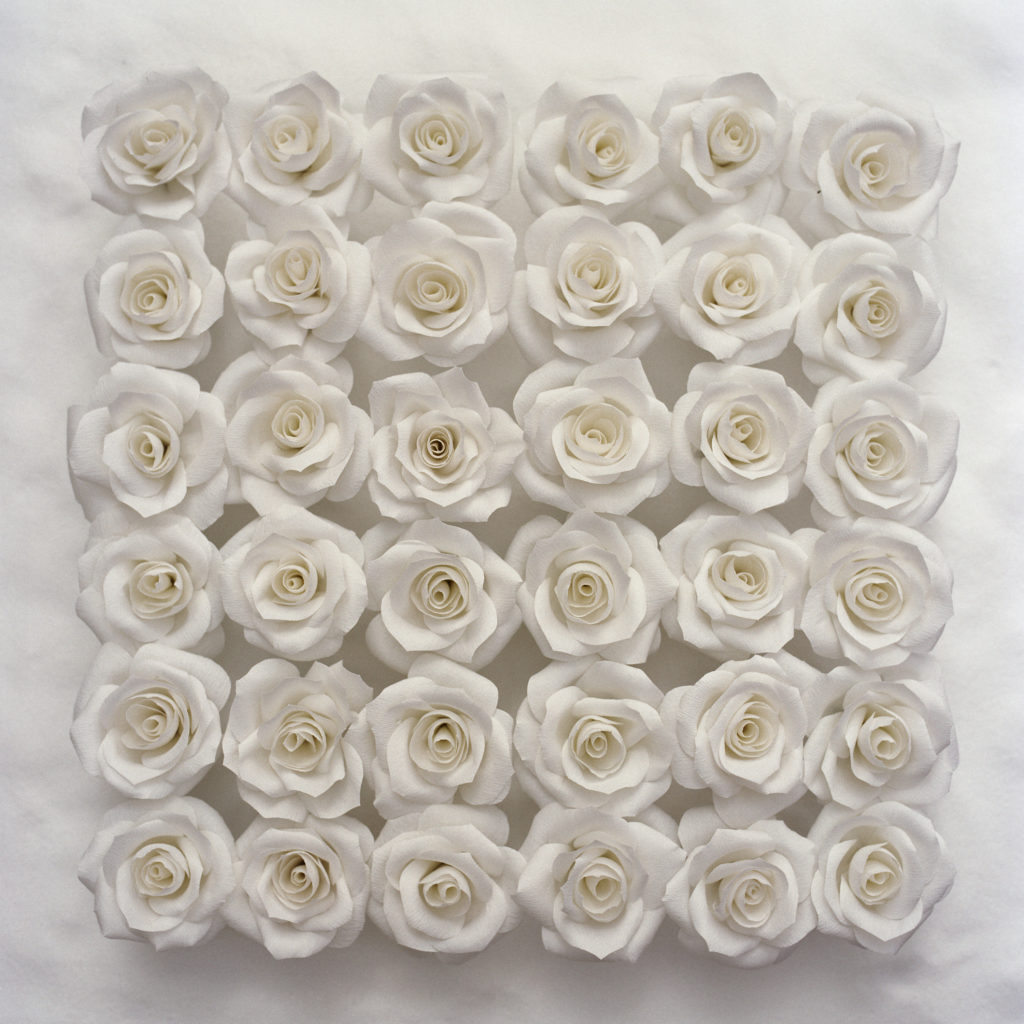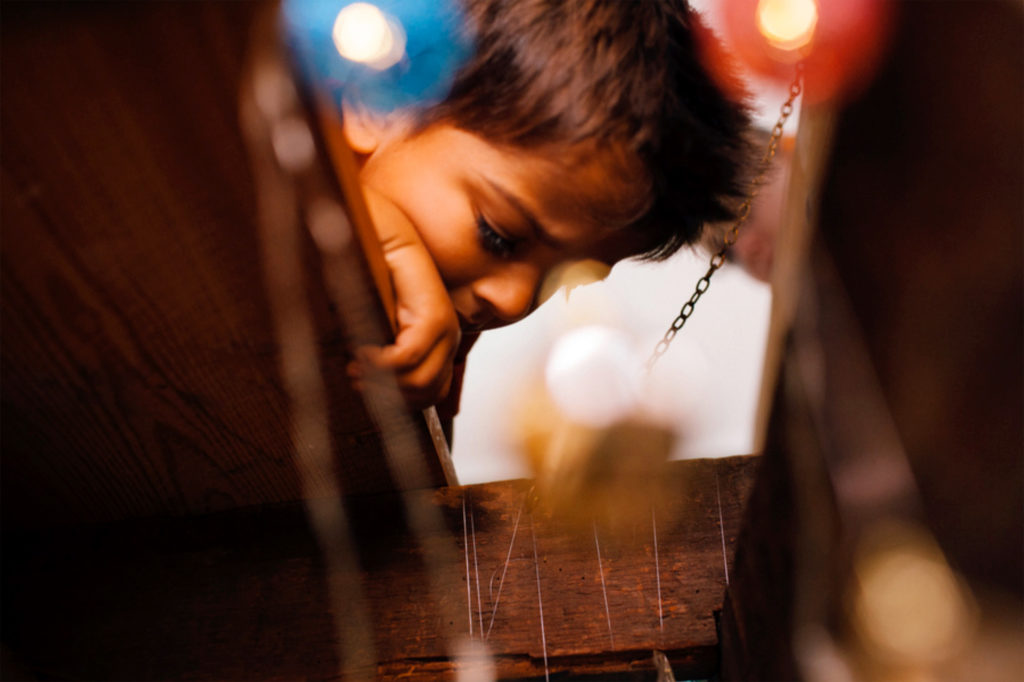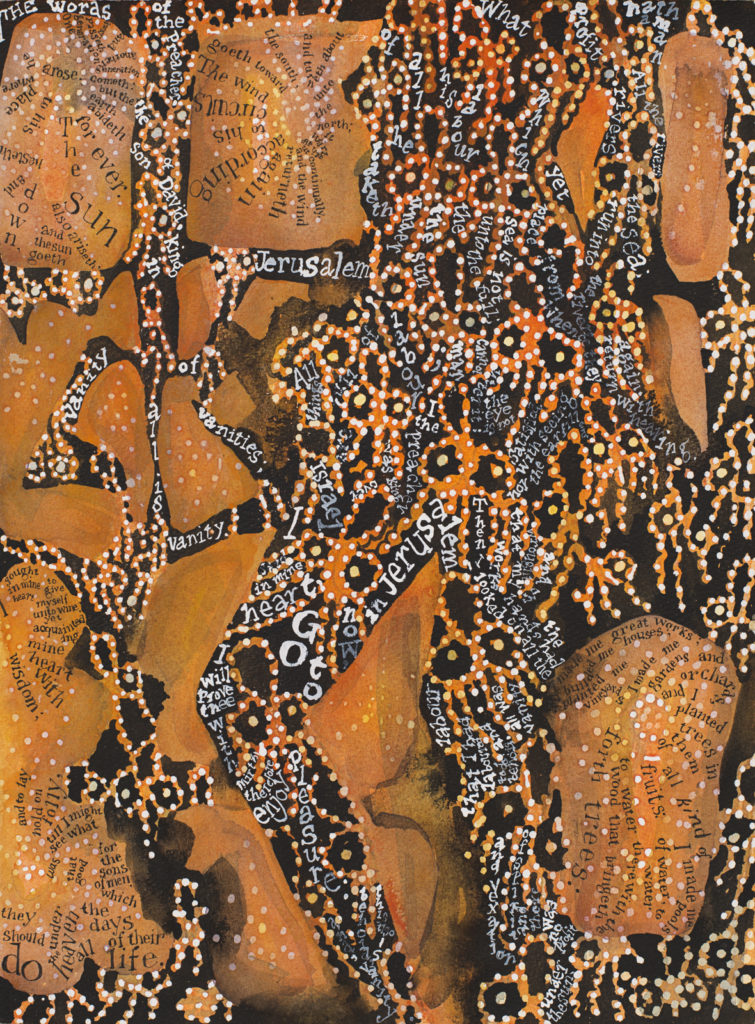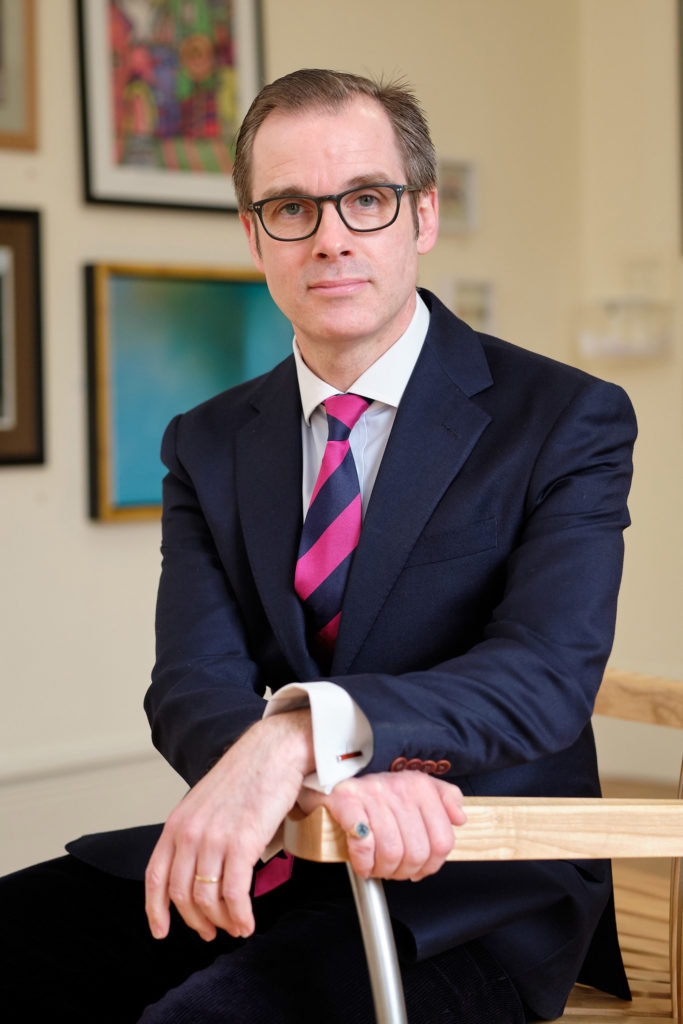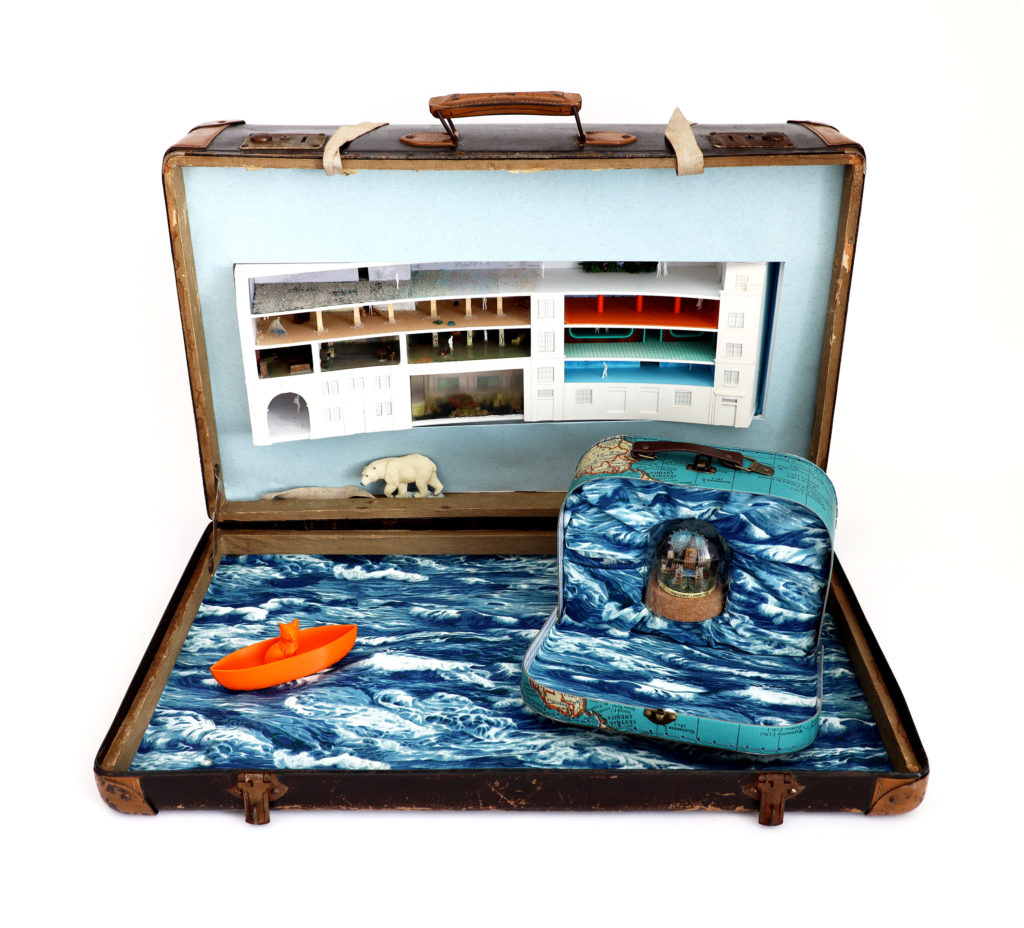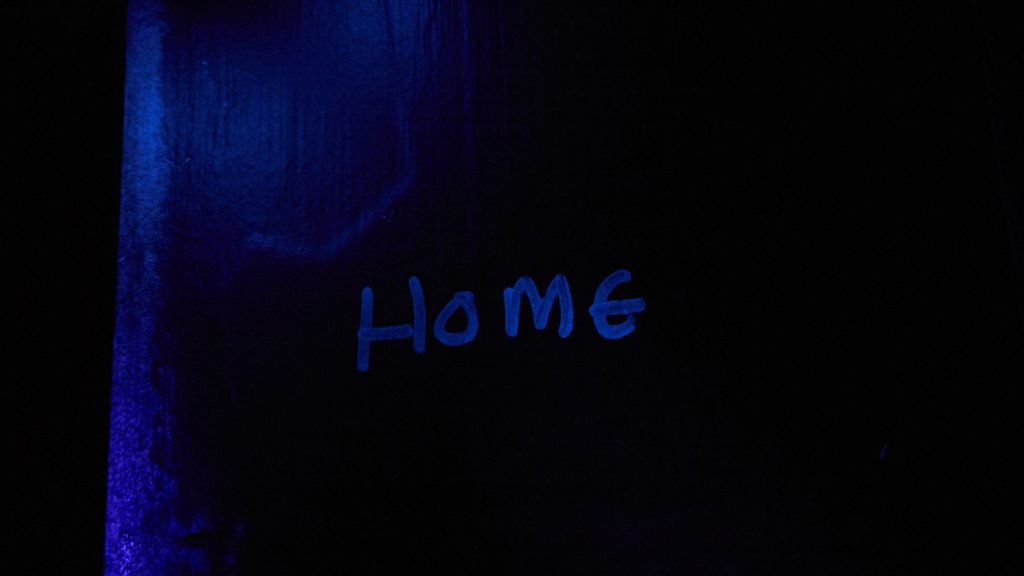
SCARBOROUGH Museums Trust’s lockdown-launched series of New Digital Commissions from leading British artists is complete and available online.
The project was introduced by the trust in response to the first lockdown in March as a “dynamic new approach to its collections, learning and exhibition programming during the Coronavirus crisis”.
Key to the series was a commitment to diversity, inclusion and equality of access and innovative ways to promote this message. A diverse range of artists – Lucy Carruthers, Estabrak, Kirsty Harris, Wanja Kimani, Jade Montserrat, Jane Poulton and Feral Practice’s Fiona MacDonald – created digital artworks for release online over the spring and summer across social-media platforms.
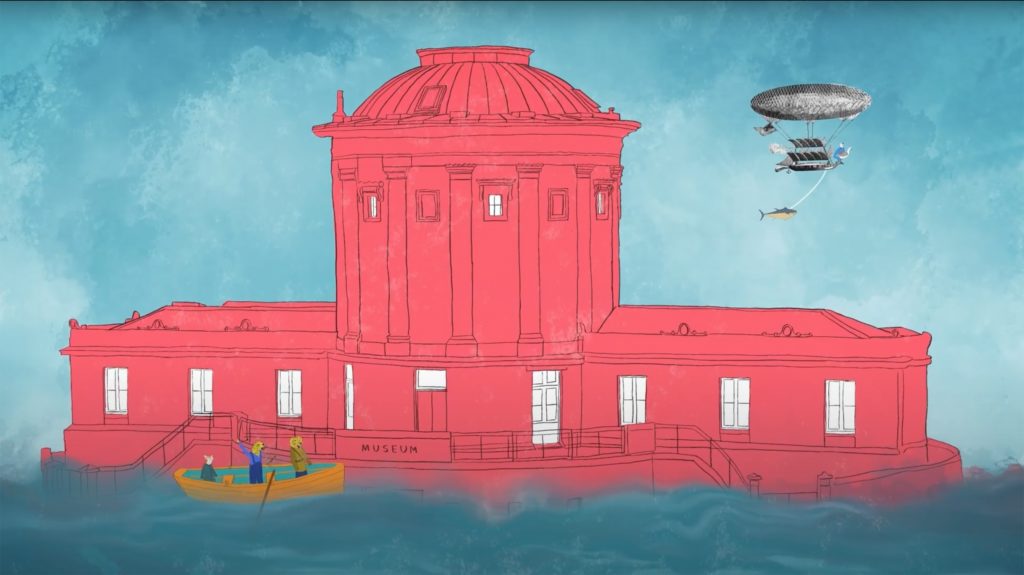
Trust chief executive Andrew Clay says: “It’s been so important this year for people to have access to the arts and culture: for many people, they’re a thought-provoking lifeline and have a proven positive effect on our mental health.”
Curator Dorcas Taylor says: “Museums and galleries have a social responsibility to support communities, now more than ever before. We can provide a platform for creative expression that enables artists to share their messages to communities in lockdown. Their artworks can support personal wellbeing or become an opportunity to consider some of these wider issues.”
Scarborough Museums Trust has provided a range of access tools to accompany the digital content to support as many people as possible to connect. Among them have been visual guides, in the form of “social stories”, by Scarborough illustrator Savannah Storm that give audiences downloadable information on what to expect before accessing digital content. Subtitles and audio descriptions have been used wherever possible.
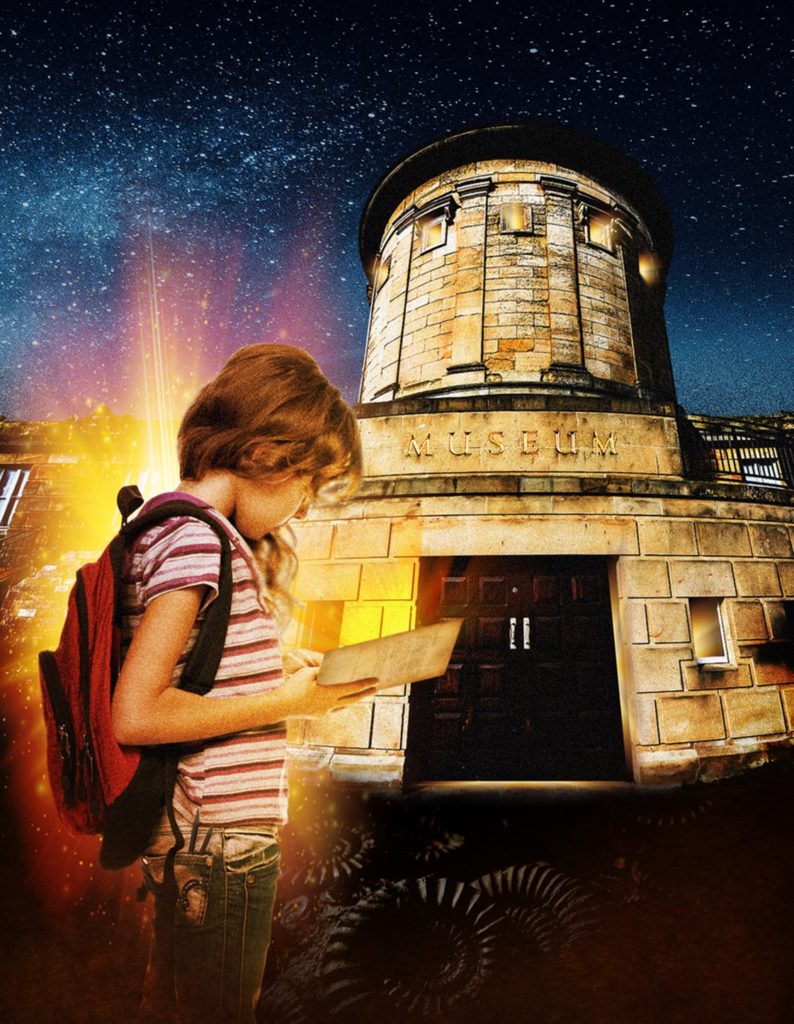
The New Digital Commissions all can be found on YouTube at http://bit.ly/SMTrustNDC, other than Jane Poulton and Kirsty Harris’s projects at https://www.scarboroughmuseumstrust.com/stardust/ and www.scarboroughmuseumstrust.com/learning/family-resources/ respectively.
Lucy Carruthers’ film, Animal Archives: Rewilding The Museum explores how we forge connections at a time of distancing. Interested in the relationship between inside and outside, all the more pertinent during lockdown, she asks how social isolation affects museum objects.
Estabrak’s Homecoming: A Placeless Place is a multi-layered touring and participatory project that uses community engagement, film, sound and paint for cross-cultural exchanges around home, identity, and displacement.
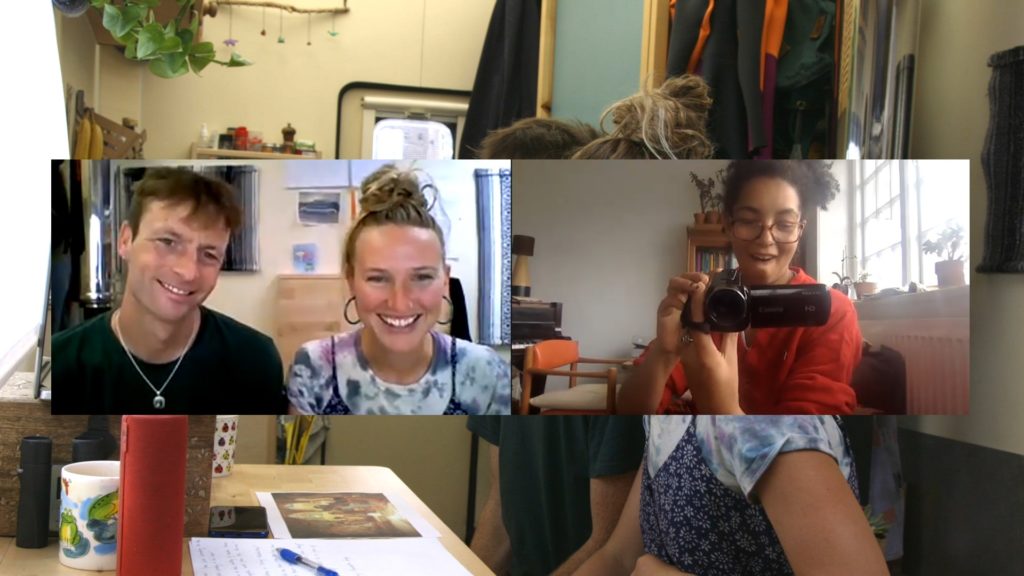
It started in 2019 in Brighton and Hull and saw the social experiment, which invites honest expression and participation through ultraviolet light, invisible ink and dark spaces, introduced digitally to communities in Scarborough.
Kirsty Harris created Whispers From The Museum, a six-part online and immersive adventure for children and families, inviting them to read George’s logbook, discover amazing museum objects and take part in art and craft activities.
Wanja Kimani made a film, Butterfly, that follows a walk from a child’s eye view as she spent more time noticing the world around her and sensory experiences became amplified.
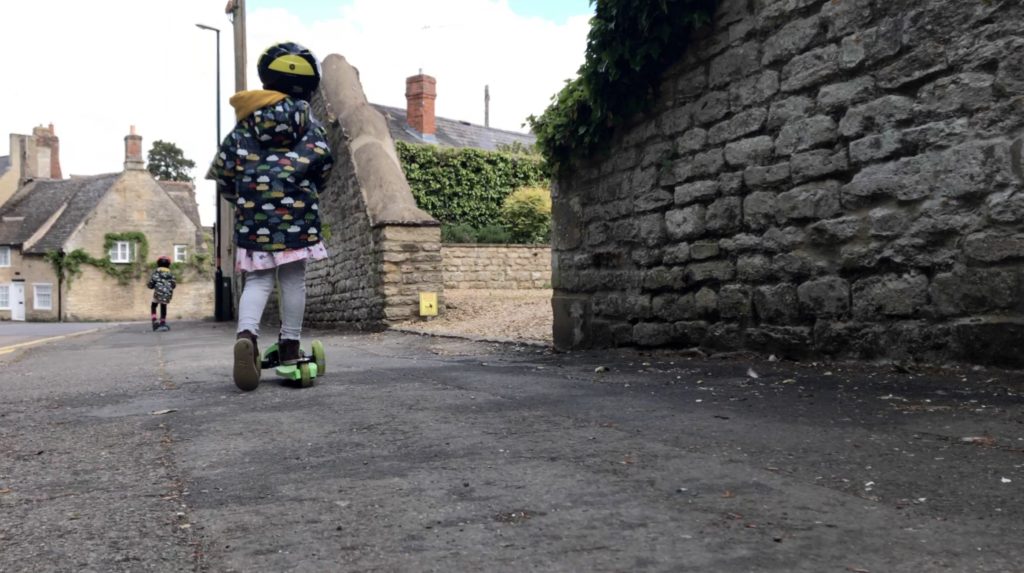
Jade Montserrat produced a film with filmmakers Webb-Ellis that explores the impact of lockdown and chronicles the process of making, and new ways of being, that encourage mutual support and acts of care.
Jane Poulton produced a series of photographs and text called From Stardust To Stardust, focusing on personal objects she owns as she considers whether those that mean the most to us are often acquired at times of crisis and what comfort they may bring.
Feral Practice’s film, The Unseesables, explores themes of extinction by focusing on three “unseeable” birds: the great bustard, the corncrake and the great auk. Examples of all three can be found in the trust’s taxidermy collection.

What next?
Some of the New Digital Commissions artists will be participating in What If? at Scarborough Art Gallery and the Rotunda from April 24 to August 30 2021.
Next year’s exhibition will explore “the civic responsibility of museums and their collections and how we could introduce wider narratives into our spaces to make our institutions relevant to both the world and our local community”.

